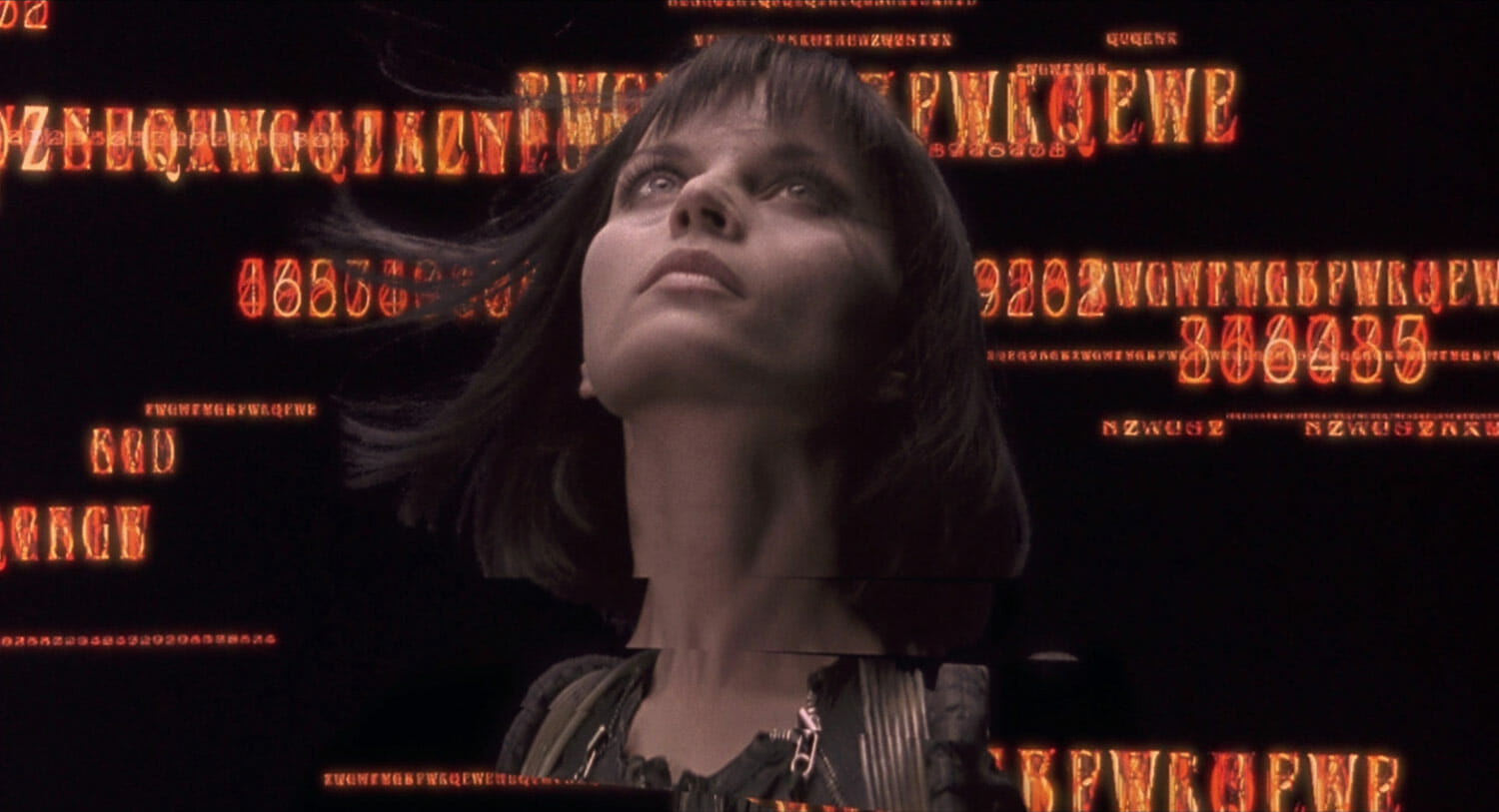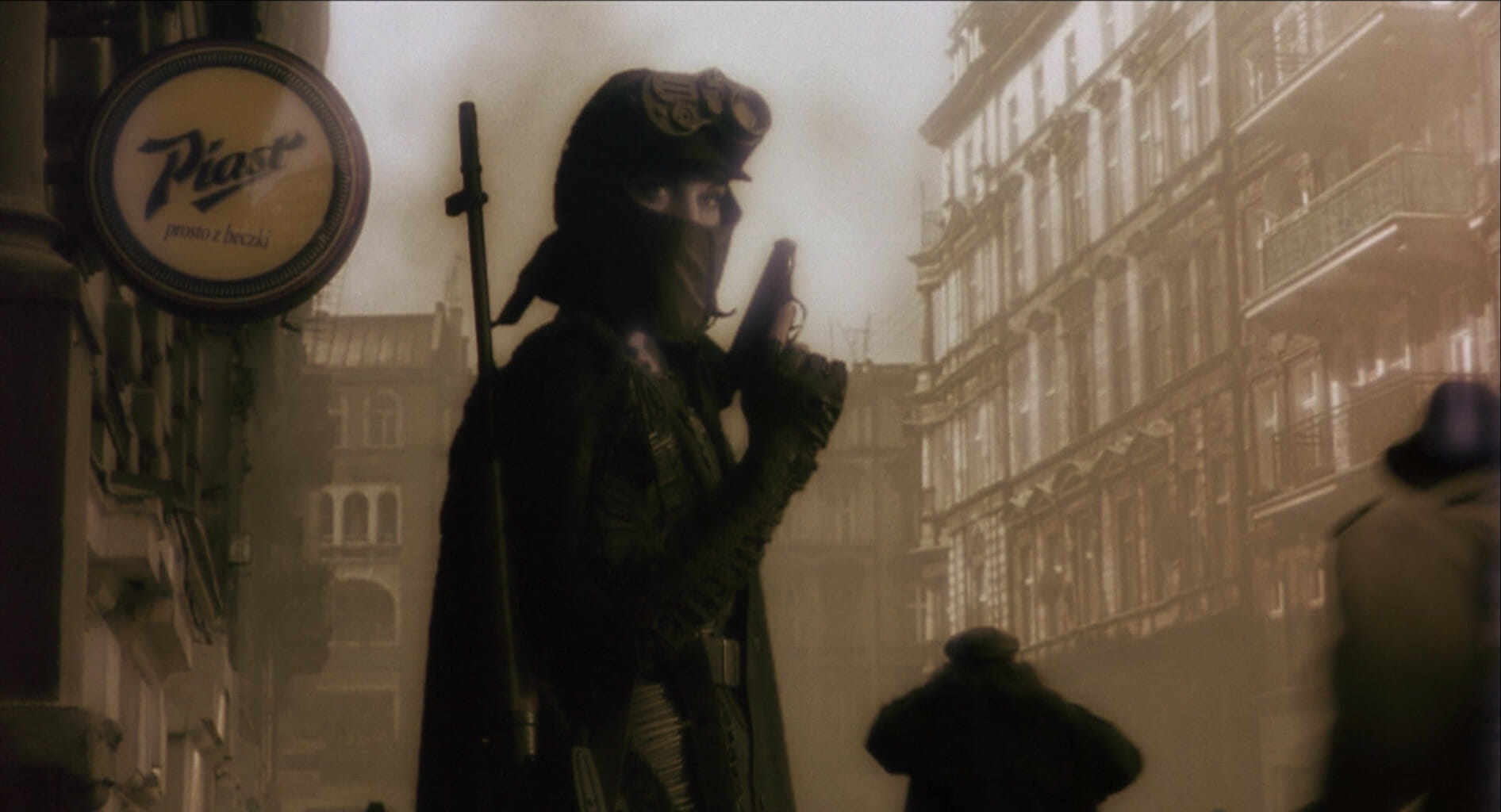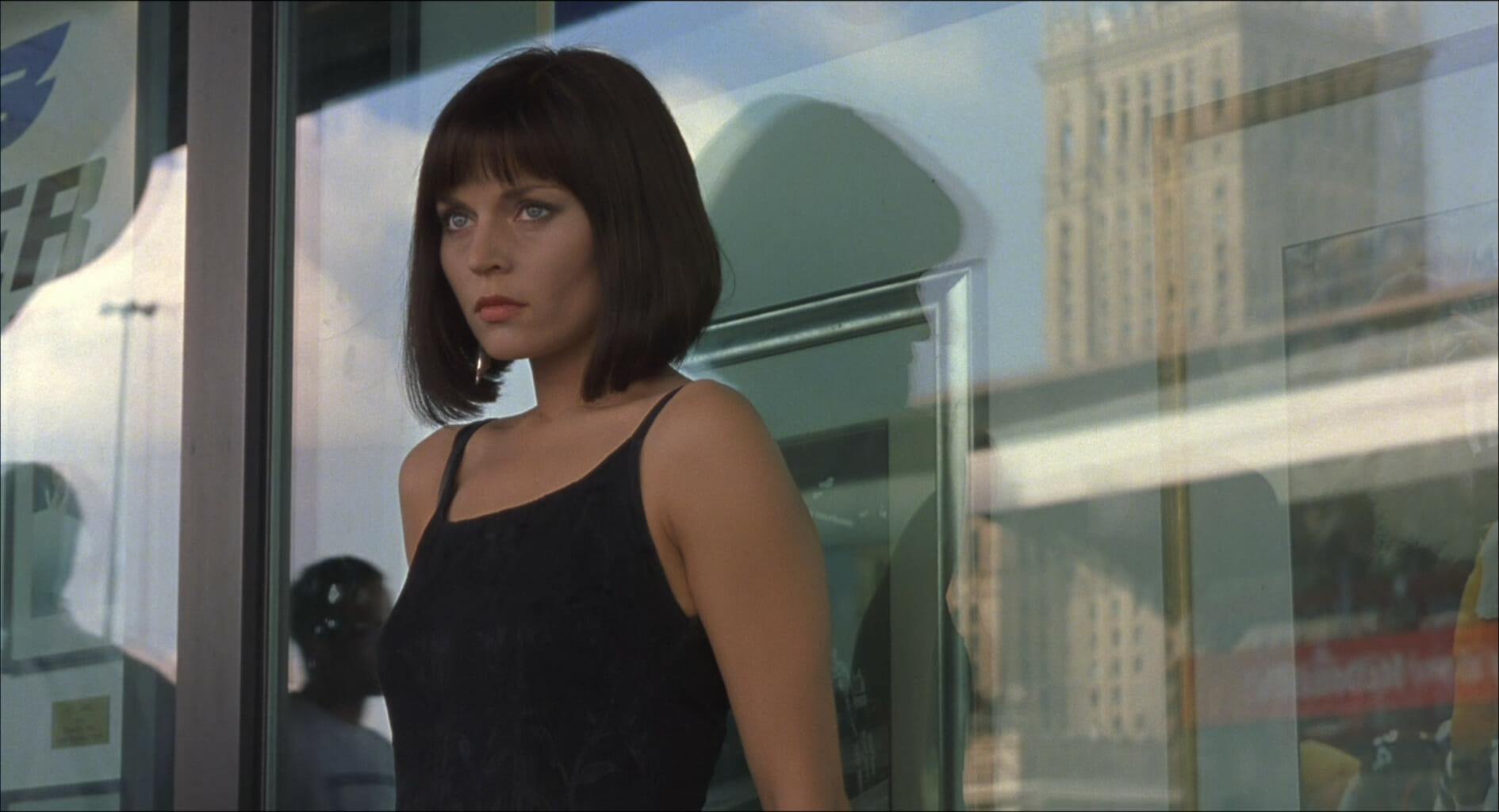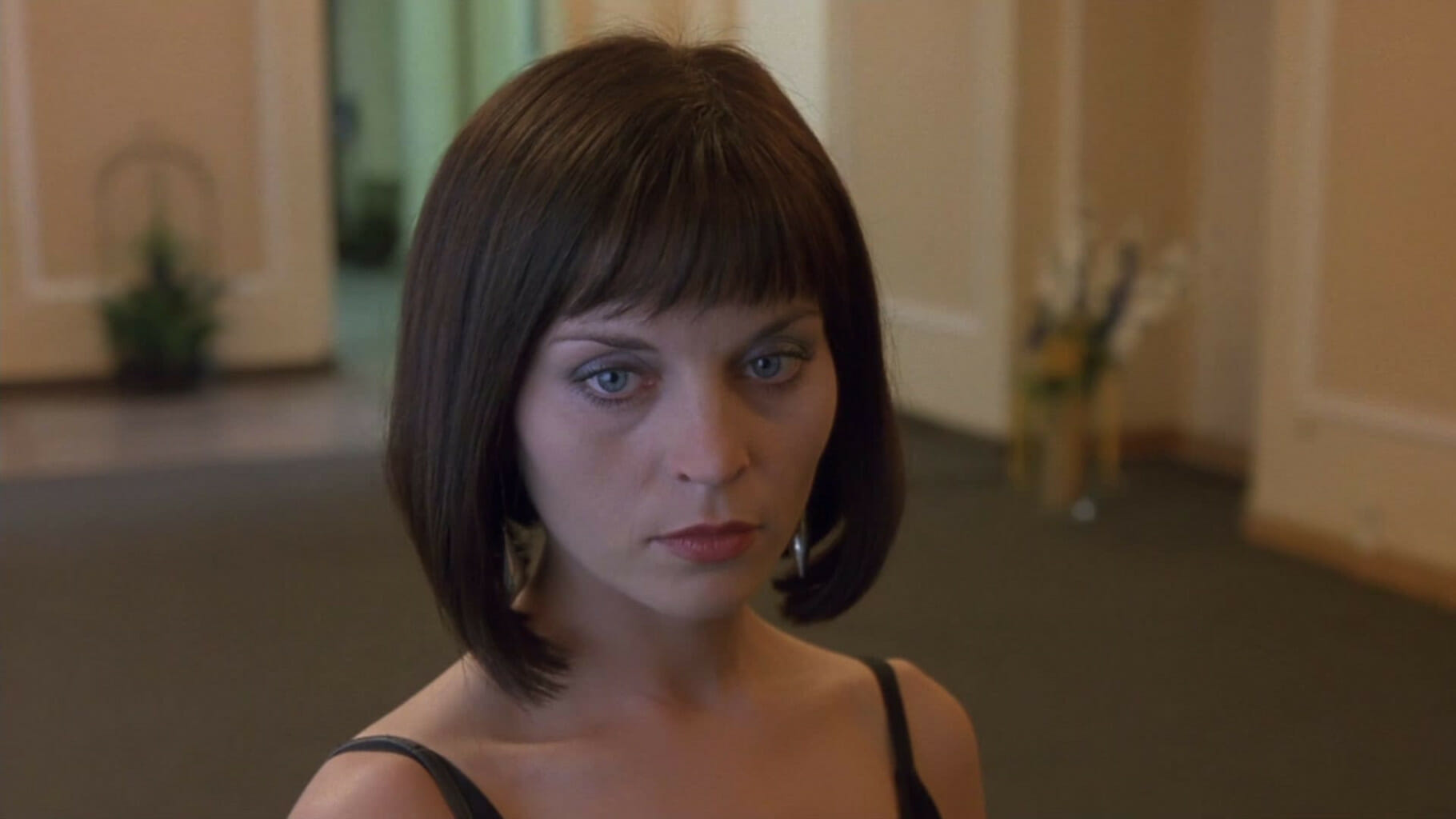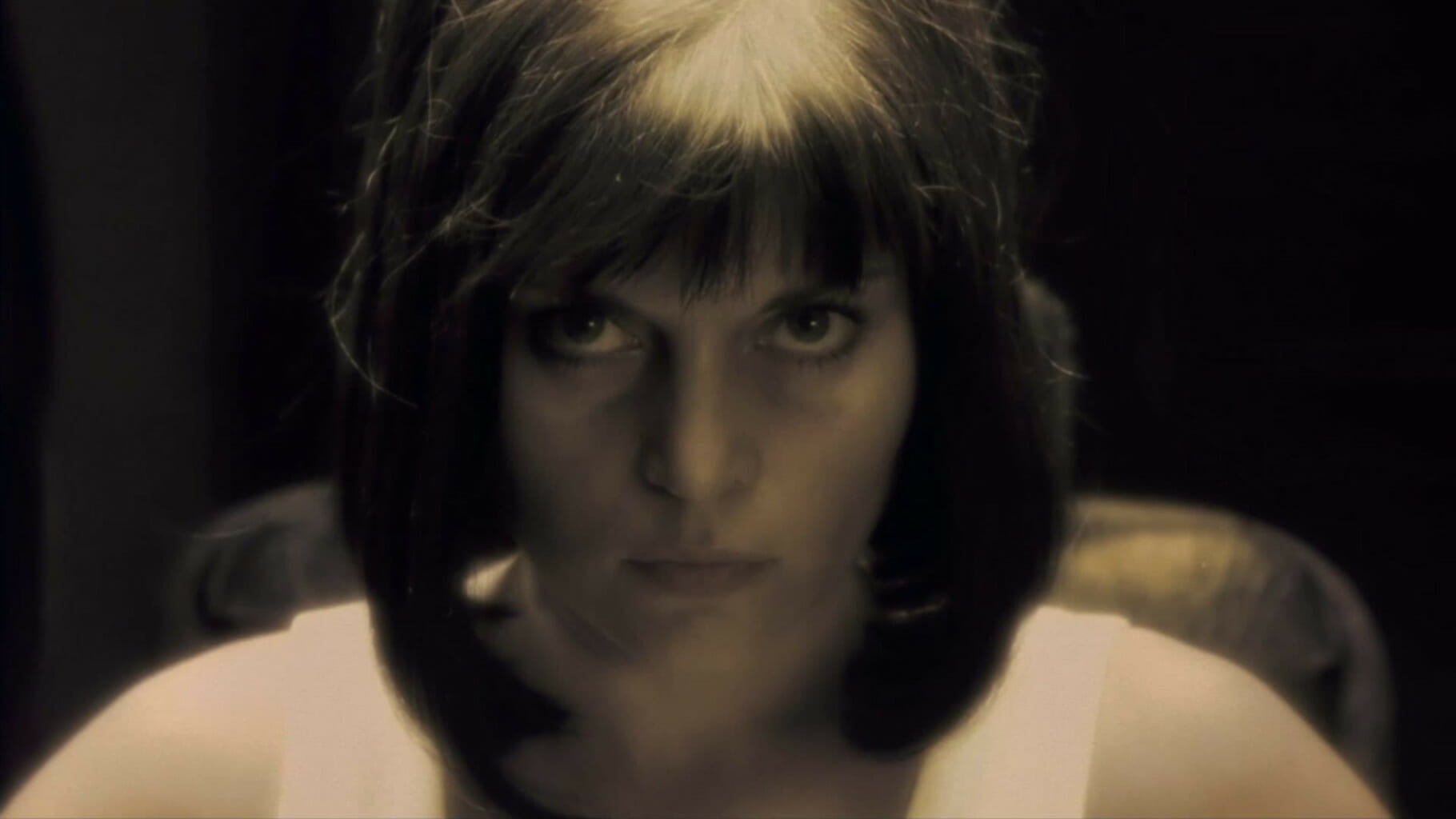Virtual reality has been around for decades and has produced a very wide variety of movies in that period. Some of it, like Lawnmower Man or Albert Pyun’s Arcade, gets filed (fairly or unfairly) as entertaining kitsch, while other VR-adjacent films like The Matrix will likely remain pop culture phenoms long after current VR tech as we know it becomes outdated and antiquated. Then there’s Mamoru Oshii’s unclassifiable 2002 virtual reality sojourn Avalon, which takes the notion of simulation theory to a whole other level (so to speak).
The basic plot of Avalon could make for a conventional Hollywood gun ballet. It’s all about a dystopian cyberpunk future where the citizenry is obsessed with an illegal, underground virtual reality game known as “Avalon.” Players of Avalon simulate combat situations with machine guns, tanks, bazookas, and bombs, all with the goal of accumulating experience points and moving on to the next level. The game is said to be criminal, but addictive, and its greatest player of all is Małgorzata Foremniak’s Ash, a lethal and ruthless warrior who has played the game as a lone wolf ever since her team dissolved under mysterious circumstances.
If that sounds to you like the skeleton of a Ready Player One-like action fest, you should adjust your expectations, because even with plenty of protracted battle scenes Avalon feels more like a quiet and even austere mood piece than anything that could have been made in Hollywood. As a Polish-Japanese co-production made completely outside the commercial expectations of America, Avalon is allowed to be both slow and very, very yellow.
Oshii’s unique visual strategy for Avalon gives the film a muddy, yellow tinge in both the virtual reality game of Avalon and the so-called “real world.” It reminds me of Lars von Trier’s The Element of Crime, while the heavy stylization and sometimes dizzying camera angles can bring to mind Oshii’s anime background—his most famous work in the United States is Ghost in the Shell, which coincidentally could serve as an alternate title for Avalon.
The players of the Avalon game are all searching for a legendary “Ghost” in the form of a young girl, said to be able to open up a gateway to a secret level of the game. Chasing this ghost carries with it a particular risk, since everyone who has succeeded in catching her has been sucked into the virtual reality network, leaving their physical bodies more or less vegatative—or “Unreturned,” in the film’s terminology. Ash, like many of Avalon’s other players, seems so obsessed with the game and so disenchanted with the real world that this seems like less a risk in chasing after the game’s secrets but more a selling point, as if the prospect of having her consciousness buried in Avalon’s circuits is preferable to the drudgery and tedium of reality.
The hidden “Special A” level of Avalon holds a final trick up its sleeve for both Ash and the viewers of Avalon the film. Once Ash reaches the legendary secret level of the game, the film’s visual style blinks out of its heavily stylized virtual monochrome and into a totally realistic vision of Warsaw circa 2002. She is in “Class Real” now, and the world is exponentially more detailed and immersive than any part of the game she’s experienced up to that point. It’s heavily suggested that this part of the game, if it even really is a game, is more real than what she’d previously considered reality.
Ash’s journey through “Class Real” gives the film a new energy in its final scenes, almost like something out of a Hitchcock film. Ash confronts her old Unreturned partner and they debate the true nature of reality, whether they themselves have finally found the “real world” or just another more convincing layer of Avalon’s virtual one. It’s a familiar concept in sci-fi stories about virtual reality or the infamous simulation theory, but it’s rarely been handled with as much grace and excitement as it is in Avalon.
Watching Avalon with almost 20 years of retrospect is an interesting experience. I’m surprised that it never got the Hollywood remake treatment, since its core concept could so easily be translated into a more conventional sci-fi action story. Oshii’s interest is more conceptual, talkier, less focused on traditional entertainment and more on atmosphere and even some philosophy, but that didn’t stop him from creating an extremely cool, stylish viewing experience. It might not be able to compete with The Matrix in terms of action choreography but for its own more thoughtful pleasures it more than holds its own.
Avalon is part of that select group of international films to have gotten the Miramax treatment when it was released here in the US, with a new English dub that spliced in much higher proportion of voiceover narration, so as to explain the film’s ambiguities in a more explicit manner. This remains the version available for streaming in the US, but I don’t think Miramax’s meddling can really be considered too much of a butcher job in this case, and the film retains a significant sense of mystery and ambiguity even with the added narration.
That might be why Avalon has remained such an obscurity with North American audiences, even as the popularity of virtual reality has exploded in recent years. A fourth Matrix film is set to come out this year, and Facebook recently unveiled its own creepy virtual reality dimension, for people to go to work meetings in instead of fighting make-believe military battles. Simulation theory is also a much more widespread idea than it ever could have been back in 2002. It almost seems like, even if Avalon the movie remains a largely unknown quantity, Avalon the concept keeps coming closer to reality—or maybe it’s already here, and we just don’t know it.
